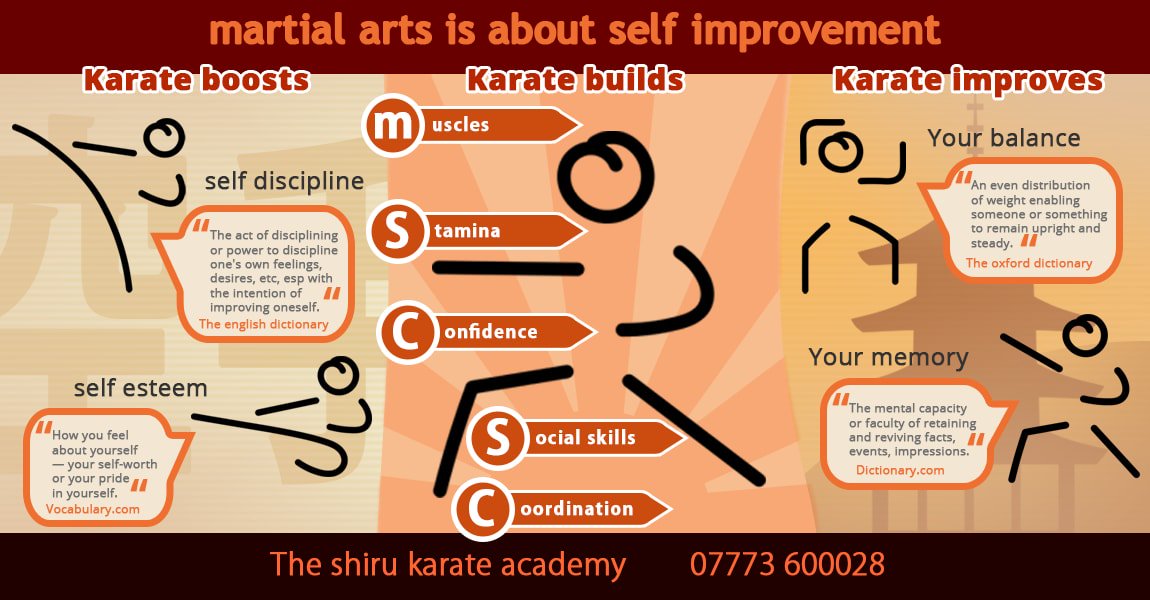Standard Taekwondo Moves For Beginners
Standard Taekwondo Moves For Beginners
Blog Article
Material Create By-Burns Frazier
As you step onto the mat, the crisp fragrance of decision fills the air. The globe of Taekwondo waits for, prepared to reveal its secrets and unleash your possibility.
Yet where to start? Fear not, for within these spiritual strategies exists the foundation of your journey.
From mastering the art of positions, to letting loose effective kicks and strikes, this discussion will certainly direct you via the essential strategies that will shape you right into a powerful Taekwondo professional.
So, tighten your belt and prepare to embark on a path of technique, toughness, and self-discovery.
Stances
To execute Taekwondo strategies properly, it's essential to master the correct positions. Positions are the structure of every relocate Taekwondo, supplying security, equilibrium, and power.
One of one of the most fundamental positions is the 'Steed Position.' In this position, your feet are shoulder-width apart, knees are somewhat bent, and your weight is uniformly distributed between both legs. The Horse Position allows you to preserve a reduced center of gravity, making it easier to implement powerful strikes and kicks.
One more essential stance is the 'Front Stance.' In this stance, one leg is located forward with the knee bent, while the various other leg is prolonged right back. The Front Stance is used for long-range attacks and offers a strong base for creating maximum power.
Kicks
Newbies in Taekwondo can find out a selection of effective and vibrant kicks to improve their fighting styles abilities. Kicks are an essential part of Taekwondo, as they allow you to create maximum power and reach your opponent from a distance.
Among https://martial-arts-info-for-kid76532.livebloggs.com/39591322/master-the-art-of-protection-with-these-effective-martial-arts-strategies-discover-to-shield-on-your-own-and-acquire-confidence-in-any-circumstance 'll discover is the front kick, where you expand your leg onward and strike with the sphere of your foot.
An additional essential kick is the roundhouse kick, where you pivot on your supporting foot and supply a circular kick with the top of your foot.
Additionally, the side kick involves elevating your leg to the side and striking with the side of your foot.
Strikes
After grasping the numerous begins Taekwondo, it is very important to currently concentrate on establishing reliable strikes. Below are five essential strikes that every novice must discover:
- Punches: Exercise throwing straight punches with appropriate method and placement. Remember to use your entire body to generate power and preserve equilibrium.
- Palm Heel Strikes: Use the base of your hand to strike your challenger's target location, such as the nose or chin. Focus on accuracy and speed to make the most of effect.
- Joint Strikes: Find out various elbow joint strikes, such as the down joint or horizontal elbow strike. These can be devastating close-range strikes.
- Ridge Hand Strikes: Utilize the side of your hand to strike prone locations like the holy place or throat. more info and go for accuracy.
- Knee Strikes: Establish solid knee strikes by driving your knee upward right into your challenger's body. Focus on creating power from your hip turning.
https://geekculture.co/a-new-karate-kid-movie-is-making-its-way-to-the-dojo-in-2024/
As you take your last bow, the trip of discovering essential taekwondo methods comes to an end. Yet, this final thought marks the start of a brand-new chapter in your life.
The positions, kicks, and strikes you have actually discovered represent more than plain physical activities; they signify self-control, determination, and positive self-image. Welcome these trainings, and let them lead you towards a stronger, more well balanced existence.
With each technique grasped, you unlock the possible within on your own to conquer any kind of obstacle that comes your way.
